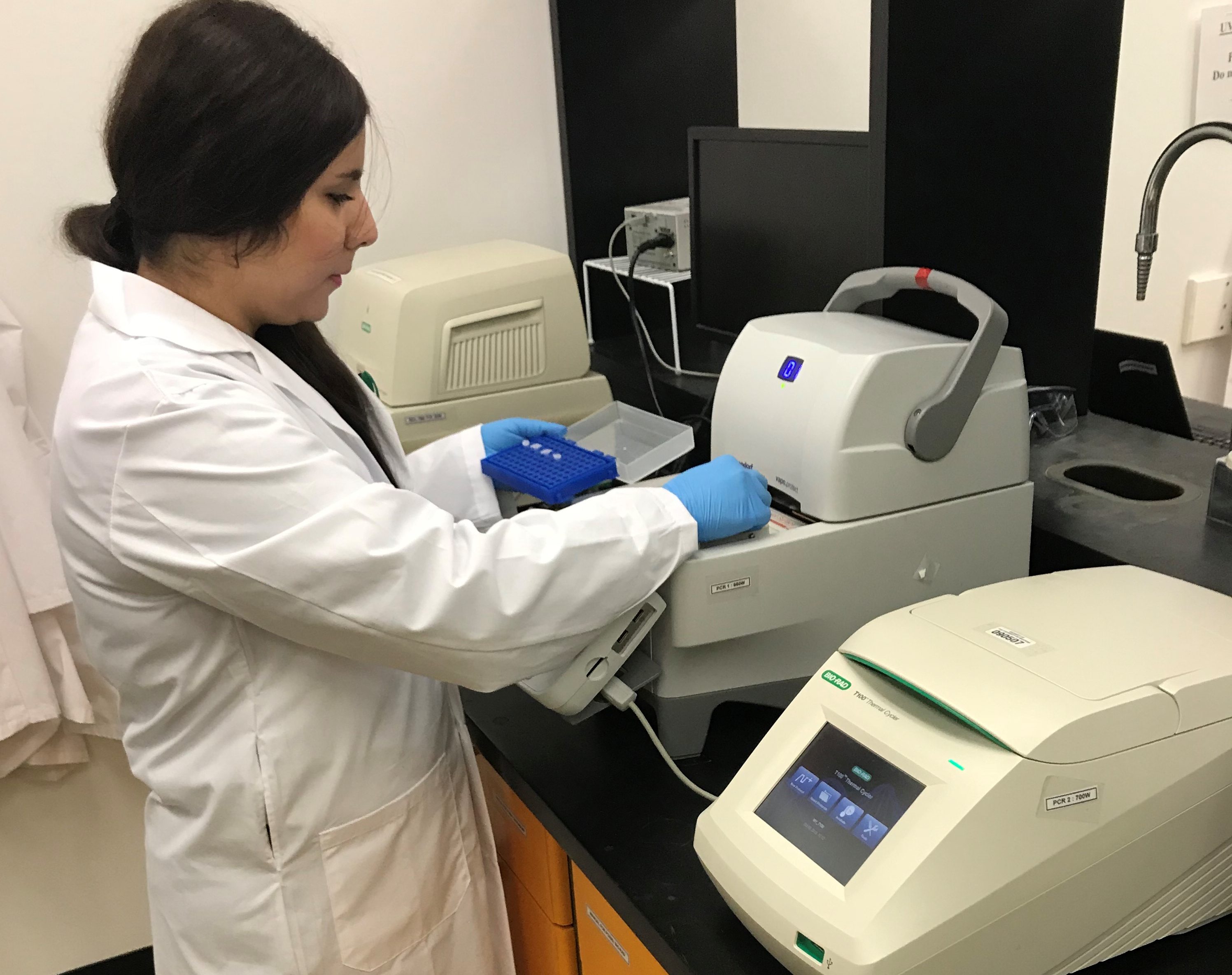Figure 1. PhD student, Nazanin Ghavami Shirehjin, running DNA extracts of cyst nematodes from soybean fields to see if they are a match for the soybean cyst nematode.
Dr. Mario Tenuta, Department of Soil Science, University of Manitoba
THE SOYBEAN CYST Nematode (SCN) is among the top, if not number one, damaging diseases of soybean in North America. SCN causes “yellow dwarf” disease in soybeans and some varieties of dry beans. The usual indication of high soil populations of SCN is the premature yellowing of leaves in infested areas, then stunting and poor yield.
SCN was first reported in Japan in the 1880s and in North America, in North Carolina in 1954. Once reported in North Carolina, it quickly reached the southeast, northeast and midwest of the United States, to be present in all major soybean growing areas of the U.S.. In Canada, SCN was first reported in 1987 in southwest Ontario. Since then, it has spread rapidly to almost all soybean production areas in Ontario and also into southwestern Quebec.
Of greater relevance to us in Manitoba is that SCN has also been marching north in Minnesota since first detected in 1978 and then also in North Dakota. Presently, SCN is at the Manitoba-North Dakota border, and even the mightiest of walls likely wouldn’t stop it from establishing here. With the acreage of soybean in Manitoba having recently expanded, the establishment of SCN in the province is a real concern.
The Applied Soil Ecology Lab at the University of Manitoba has conducted three surveys (2012/13, 2015/16, 2017/18) of soybean fields in Manitoba for SCN. The surveys are a collaborative effort between Dennis Lange of Manitoba Agriculture who provided grower contacts for fields with a history of soybean production, and of course, you growers, that allowed your fields to be soil sampled and funded MPSG to support the surveys. In total, 101 commercial fields have been soil sampled for a total of 687 samples processed.
Two fields from the latest survey have contained cyst nematodes that match the genetic fingerprint of SCN. We are not calling these fields positive for SCN just yet. That won’t happen until soybeans grown in soil from those fields in the greenhouse show cysts on plant roots. The greenhouse tests are underway and results will be available by spring 2019.
Always, growers are urged to be vigilant for SCN in their fields. Symptoms are most visible on sandy soils where moisture stress is common or on heavier soils in years with low soil moisture. On clay soils such as in the Red River Valley, symptoms likely will only be evident when SCN levels become extremely high.
Unfortunately, the symptoms of SCN damage are similar to other root health problems such as water logging, iron chlorosis and root pathogens. Sudden Death Syndrome of soybeans often results because of SCN infestation. Thus, SCN populations increase and early effects on yield usually go unnoticed or wrongly attributed to other causes.
Field scouting is the grower’s most important tool in diagnosing SCN. Scout fields for problem areas of yellowing and dwarfing. Sample soil by gently digging plants six weeks after planting to three weeks before harvest. When sampling earlier, cysts appear on roots close to the stem. When sampling later, cysts appear on new roots located deeper and farther away from the stem.
Use a shovel eight inches from the stem to lift the root system from soil. Dunk the root system and soil in a bucket of water to see the roots. Cysts are visible by eye but a magnifying lens is very helpful.
Cysts are much smaller than nitrogen-fixing nodules, smaller than a pin-head and about the size of the period at the end of this sentence. Cysts will be white or light yellow and lemon-shaped. Consider scouting near field entrances, problem weed areas, poor yield areas, where wind has deposited soil and areas flooded in the past.
MPSG FUNDING COMMITMENT
MPSG has funded six projects investigated SCN in the last seven years, representing a research investment of $472,234.

